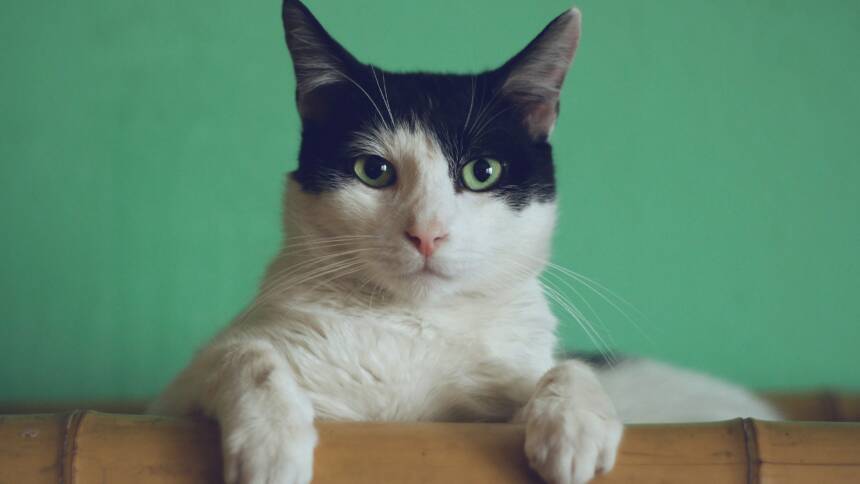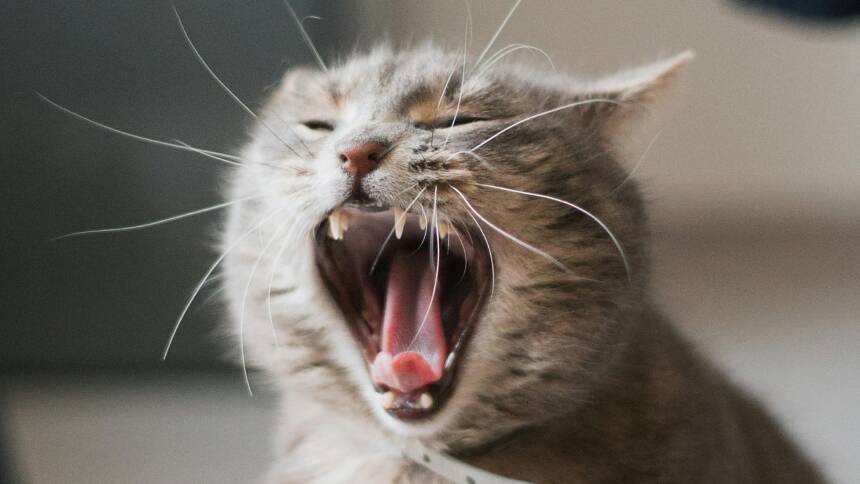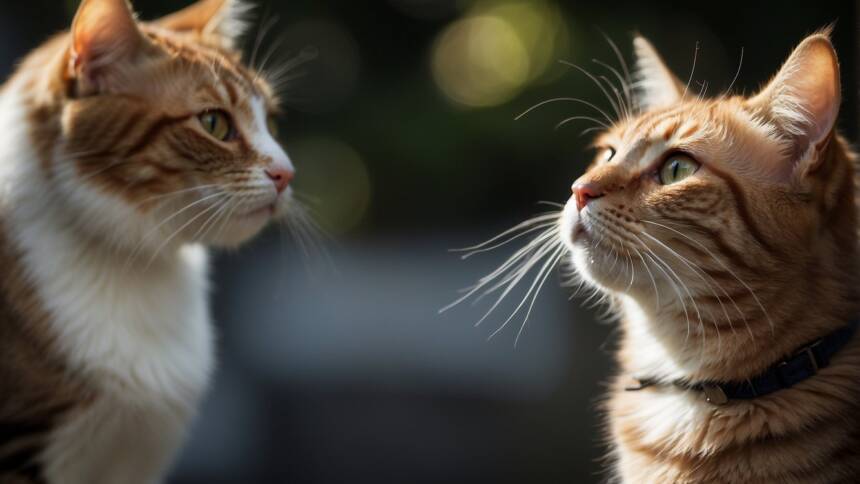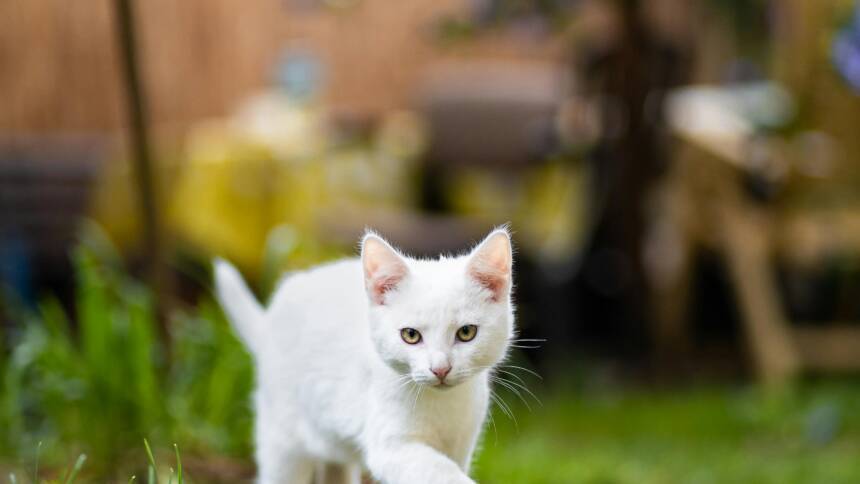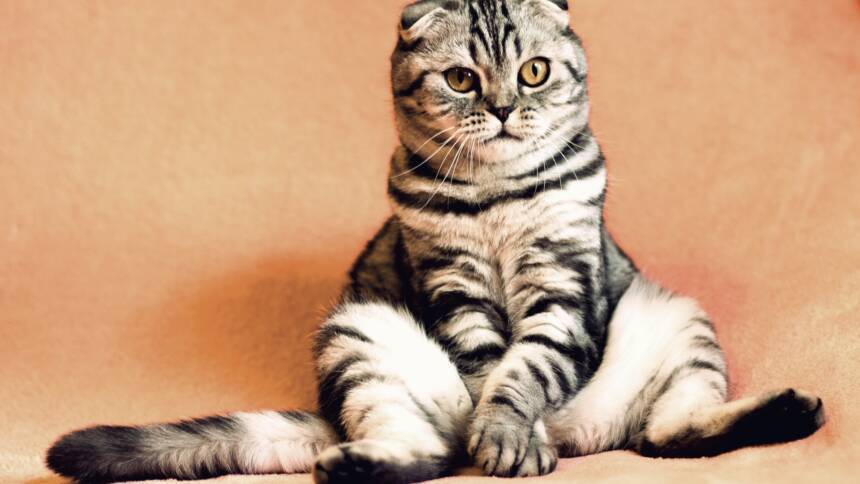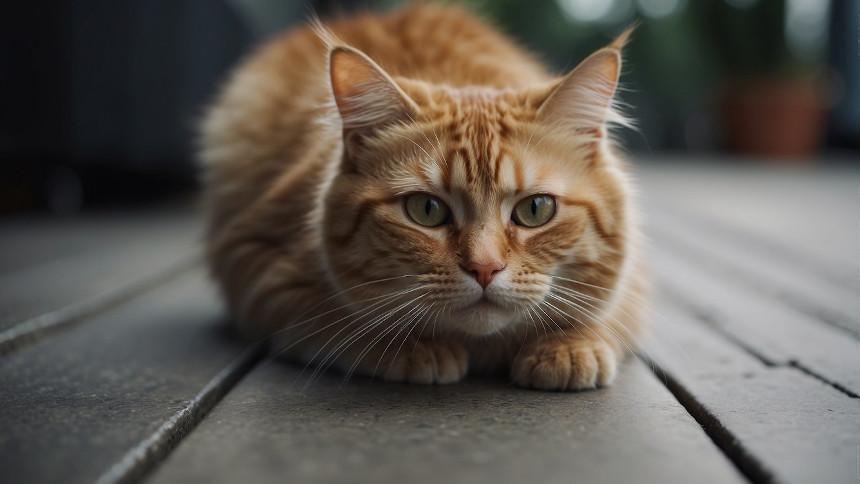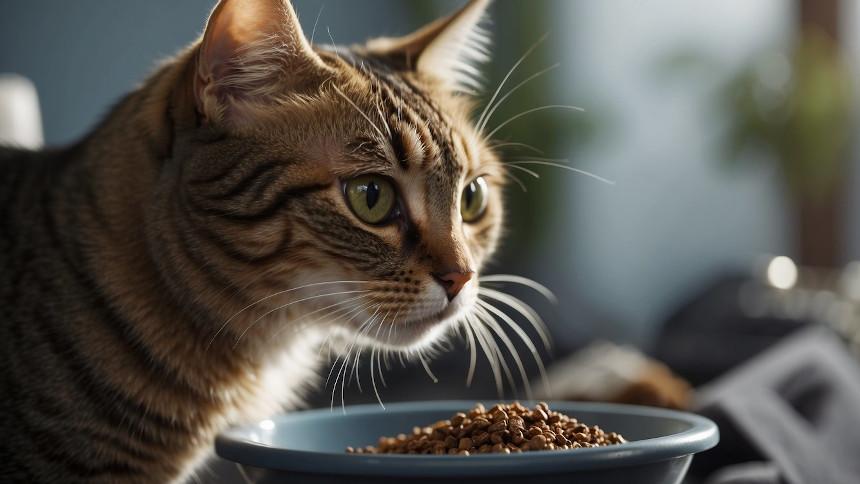When a cat begins to lick off fur from its tummy and back legs, it’s facing a health concern that should not be dismissed. This behavior, often termed overgrooming, is a common manifestation of an underlying issue that could be either medical or psychological. Overgrooming can result in significant fur loss and can lead to additional complications if not addressed properly.
Typical grooming is a part of everyday life for cats, allowing them to keep their coat clean and in good condition. However, when grooming becomes excessive, resulting in noticeable hair loss and patches of thin or balding fur, it is often a sign that the cat is experiencing discomfort. The discomfort could arise from a variety of sources such as allergies, parasites, or even stress.
Determining the root cause of overgrooming is essential for proper treatment. Parasitic infestations, allergies, or skin conditions often require medical interventions, while stress-related grooming involves environmental or behavioral modification. In all cases, it is recommended to consult a veterinarian to diagnose the cause effectively and to provide a treatment plan tailored to the cat’s specific needs.
Understanding Cat Grooming Behaviors
Grooming is an essential part of a cat’s routine, but when it becomes excessive, it may indicate underlying health issues. This section explores the spectrum of feline grooming, distinguishing between normal and problematic behaviors, with a focus on psychogenic alopecia.
Normal vs. Compulsive Grooming
Cats are known for their meticulous grooming habits, which commonly involve cleaning their fur with their tongue. Normal grooming serves multiple purposes: it keeps their coat clean, helps them regulate their body temperature, and allows them to spread natural oils across their skin.
On the other hand, compulsive grooming or overgrooming is characterized by excessive licking, chewing, or pulling of fur. This behavior goes beyond normal grooming practices and can result in bald patches or skin lesions, particularly on the tummy and back legs. It is crucial to observe the cat’s behavior to understand whether it is a normal cleansing ritual or a compulsive disorder that requires intervention.
Psychogenic Alopecia in Cats
Psychogenic alopecia refers to hair loss from excessive licking and grooming due to psychological stressors such as anxiety, boredom, or changes in the environment. Cats may focus on their abdomen and hind limbs, which are easily accessible.
- Symptoms: Bald patches, skin irritation, and persistent grooming even without a stimulus.
- Triggers: Changes in the household, loss of a companion, or lack of stimulation.
Understanding the root cause of a cat’s stress and addressing the environmental factors can often alleviate the symptoms. In some cases, a veterinarian may recommend behavioral therapy or medication to reduce anxiety and discourage excessive grooming behaviors.
Medical Conditions Leading to Excessive Licking
When a cat excessively licks its lower belly or back legs, it is often a sign of an underlying medical condition. These conditions can range from skin infections to more complex pain-related or neurological diseases. Prompt diagnosis and treatment by a veterinarian are crucial.
Common Skin Infections and Infestations
Cats that obsessively lick their fur may suffer from skin problems such as:
- Flea Infestation: The presence of fleas can cause intense itching, leading to over-grooming.
- Ringworm: A fungal infection that can result in patchy fur loss due to excessive licking.
Other skin infections, often bacterial or fungal, can also cause similar symptoms. Itchy skin, redness, and noticeable discomfort are key indicators of these infections.
Pain and Neurological Diseases
Excessive licking might be a response to pain or discomfort from various sources:
- Hyperthyroidism: A condition that can cause itching and skin problems.
- Neurological Diseases: Issues within the nervous system may lead to abnormal licking behaviors.
Determining the exact cause typically requires a thorough medical examination and diagnosis by a veterinarian. They may employ several diagnostic tools such as skin scrapings, blood tests, or allergy testing to pinpoint the reason behind a cat’s excessive grooming habits.
Behavioral and Psychological Factors
When a cat licks their fur off around the tummy and back legs, behavioral and psychological factors play a significant role. These can manifest as reactions to stress, anxiety, or a lack of environmental stimulation.
Stress, Anxiety, and Fear
Cats experience stress and anxiety similarly to humans, which can lead to compulsive behaviors such as excessive grooming. Psychological factors like fear, a change in environment, or the addition of a new pet can trigger stress responses. The licking is not merely a pastime; it’s a coping mechanism for emotional distress.
- Common signs of stress include:
- Decreased appetite
- Withdrawal from social interaction
- Agitation or aggression
Boredom and Environmental Enrichment
Cats need mental stimulation, and a lack of it can lead to boredom. This insufficient environmental enrichment often results in the development of behavioral issues, including over-grooming.
- Strategies to combat boredom:
- Provide a variety of toys
- Introduce puzzle feeders
- Create vertical spaces for climbing
- Engage in daily play sessions
Behavioral issues such as compulsive disorder can manifest in repetitive actions like licking. Addressing boredom through environmental enrichment is critical in mitigating these behaviors.
Identifying Allergies and Dietary Concerns
When a cat licks off fur on its tummy and back legs, allergies and dietary concerns should be explored. These conditions can cause discomfort and result in overgrooming behaviors as an attempt to alleviate symptoms.
Food Allergies and Trials
Cats can develop food allergies, which often manifest as skin problems, including allergic dermatitis. Proteins are the most common culprits in food allergies in cats, so a food trial might be necessary. A food trial involves feeding the cat a novel protein source or a hypoallergenic diet for several weeks.
- Initial process: Exclude common allergens (beef, dairy, poultry) and introduce a novel protein or hydrolyzed diet.
- Duration: 8-12 weeks, with no other food sources, including treats and flavored medications.
- Monitoring: Careful observation for signs of improvement, typically a reduction in licking and skin irritation.
If symptoms resolve during the trial and recur when the original food is reintroduced, a food allergy is likely the cause.
Environmental Allergens
Cats can also be allergic to substances in their environment, leading to skin irritation and excessive grooming. Environmental allergens may include:
- Pollen: From trees, grasses, and weeds
- Household: Dust mites and mold
Diagnosing environmental allergies can be done through intradermal testing or serum allergy testing, which identifies specific allergens that trigger reactions in the cat.
- Treatment: Can vary from regular baths to remove allergens, to medications that control allergic reactions.
- Prevention: Reducing exposure, such as using air purifiers or keeping a cat indoors during high pollen count days, can help to manage symptoms.
Treatment and Intervention Strategies
When a cat excessively licks its fur off the tummy and back legs, it is crucial to address the underlying issues through medical and behavioral treatment strategies.
Medications and Topical Treatments
Topical Treatments:
- Bitter Sprays/Ointments: To deter licking of specific areas, specially formulated sprays can be applied. These have an unpleasant taste which discourages the cat from grooming the treated spot.
- Anti-inflammatory Medications: If inflammation or itchiness is the cause, a veterinarian may recommend topical steroidal or non-steroidal anti-inflammatory medications to reduce symptoms.
Systemic Medications:
- Anti-anxiety Medications: For stress-induced overgrooming, a vet may prescribe anti-anxiety drugs to help calm the cat.
- Allergy Medications: When allergies are the cause, antihistamines or other allergy medications can help alleviate the cat’s symptoms.
Veterinarian Oversight:
- All medical treatments should be overseen by a veterinarian to avoid complications.
Behavior Modification and Training
Environmental Changes:
- Enrichment: Increase stimulating activities, introduce puzzles, and provide scratching posts to reduce anxiety and boredom.
Training Techniques:
- Positive Reinforcement: Encourage alternative behaviors by rewarding the cat when it engages in non-licking activities.
- Consistency: Repeated and consistent training sessions help reinforce desired behaviors.
Pheromone Treatments:
- Pheromone Sprays/Diffusers: These can create a calming environment, reducing the urge to lick due to anxiety.
The combination of medical treatment and behavioral techniques can be effective in treating a cat that is licking its fur off. Monitoring the cat’s progress with these interventions will help to ensure its well-being and mitigate the behavior.
Home Care and Preventative Measures
When addressing fur mowing—where a cat excessively licks or chews its fur—home care plays a crucial role. Through environmental management and appropriate grooming techniques, pet owners can help their cats maintain healthy fur and skin.
Creating a Stress-Free Environment
To prevent stress-related fur mowing, a pet’s environment should be kept as calming as possible. Stress in cats is a common cause for overgrooming and can lead to fur loss on the tummy and back legs. Owners can take several steps to ensure their cats feel secure:
- Provide hiding spaces: Offer boxes or caves where cats can retreat to feel secure.
- Maintain a routine: Keep feeding times, play sessions, and interaction consistent to help decrease anxiety.
- Pheromone products: Products such as Feliway can be effective in creating a calming atmosphere. They mimic calming feline pheromones and discourage displacement behavior.
- Environmental enrichment: Provide toys and scratching posts to keep them engaged and to prevent boredom, a common cause of overgrooming.
Role of Grooming Tools and Techniques
Regular grooming is essential for a cat’s skin and fur health. Here’s how to do it right:
- Brush Regularly: Utilize specifically-designed feline brushes to gently remove loose fur and decrease the need for self-grooming.
- Appropriate Tools: Select grooming tools that are suitable for your pet’s fur type—long-haired breeds may require different brushes than short-haired ones.
- Spot Clean: Occasionally use a damp cloth to wipe down your cat, particularly if they are averse to grooming.
- Bathing: While most cats do not require frequent baths, in some cases a vet-recommended shampoo may be used to address skin issues under professional guidance.
Long-Term Management and Follow-Up
Effective long-term management of a cat licking its fur off, particularly from the tummy and back legs, requires a consistent and multi-faceted approach. Owners should prioritize not only physical health through regular veterinary care but also behavioral health by monitoring for any changes.
Regular Veterinary Check-Ups
Routine veterinary check-ups are vital in managing and preventing the recurrence of overgrooming. These check-ups often include:
- Complete physical examination: to assess overall health and detect any new physical ailments that may trigger overgrooming.
- Allergy testing: when allergies are suspected as the underlying cause of excessive licking.
- Parasite control: to ensure the cat remains free of fleas, mites, and other parasites which can cause skin irritation.
- Dermatological evaluation: to monitor skin conditions and tailor on-going treatments.
Cats diagnosed with psychogenic alopecia, a condition where cats excessively groom themselves due to psychological stressors, may need additional behavioral assessments during these visits.
Monitoring and Recognizing Behavioral Changes
The owner’s role in behavioral monitoring is crucial. Owners should:
- Be patient and attentive, noting when and where the cat licks excessively.
- Look for patterns or changes in behavior that could indicate stress or discomfort.
- Watch for signs of improvement or worsening of the condition to inform the vet.
Keeping a record of the cat’s behavior can provide valuable insights for both the owner and the veterinarian. Regular observation helps in early detection of relapses and aids in adjusting treatment plans promptly.
